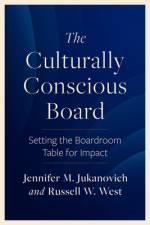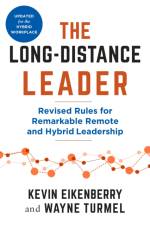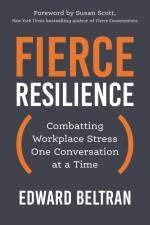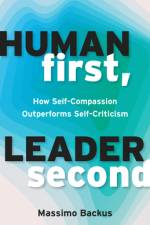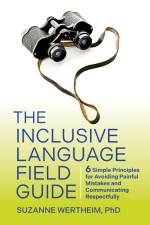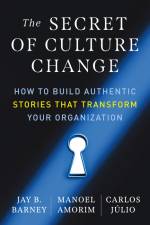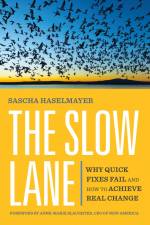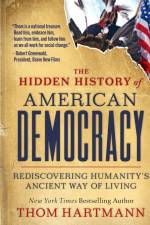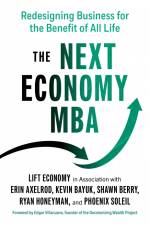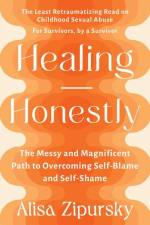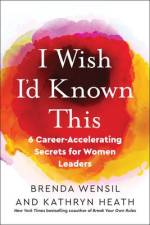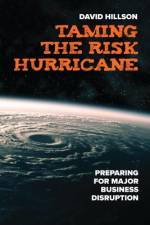av Steven R. Shallenberger
291
Time management remains a huge challenge for most people. This book shares the habits and processes used by top leaders worldwide to minimize distractions and maximize accomplishments.In researching more than 1,260 managers and executives from more than 108 different organizations, Steve and Rob Shallenberger discovered that 68 percent of them feel like their number one challenge is time management, yet 80 percent don't have a clear process for how to prioritize their time.Drawing on their forty years of leadership research, this book offers three powerful habits that the top 10 percent of leaders use to Do What Matters Most. These three high performance habits are developing a written personal vision, identifying and setting Roles and Goals, and consistently doing Pre-week Planning. And Steve and Rob make an audacious promise: these three habits can increase anyone's productivity by at least 30 to 50 percent. For organizations, this means higher profits, happier employees, and increased innovation. For individuals, it means you'll find hours in your week that you didn't know were there--imagine what you could do!You will learn how acquiring this skillset turned an "average" employee into her company's top producer, enabled a senior vice president to reignite his team and achieve record results, transformed a stressed-out manager's work and home life, helped a CEO who felt like he'd lost his edge regain his fire and passion, and much more. By implementing these simple and easy-to-understand habits, supported by tools like the Personal Productivity Assessment, you will learn how to lead a life by design, not by default. You'll feel the power that comes with a sense of control, direction, and purpose. En nuestra investigación de más 1260 gerentes, descubrimos que más del 68% sentían que su mayor desafío es cómo priorizar su tiempo, pero el 80% de los mismos carecían de un proceso para organizarlo y centrarse en lo que más importa. Este libro trata sobre los tres hábitos de alto rendimiento que te empoderarán para tomar el control de tu horario, priorizar el tiempo y aumentar la productividad entre un 30 y 50%. Esto se traduce en un mejor liderazgo, un aumento de las ventas, una mayor productividad, más beneficios y una cultura mejorada. A nivel personal, implica un mejor equilibrio vital, mejoras en la salud, menos estrés, mejores relaciones, más dinero y un enfoque preciso en tus prioridades.

